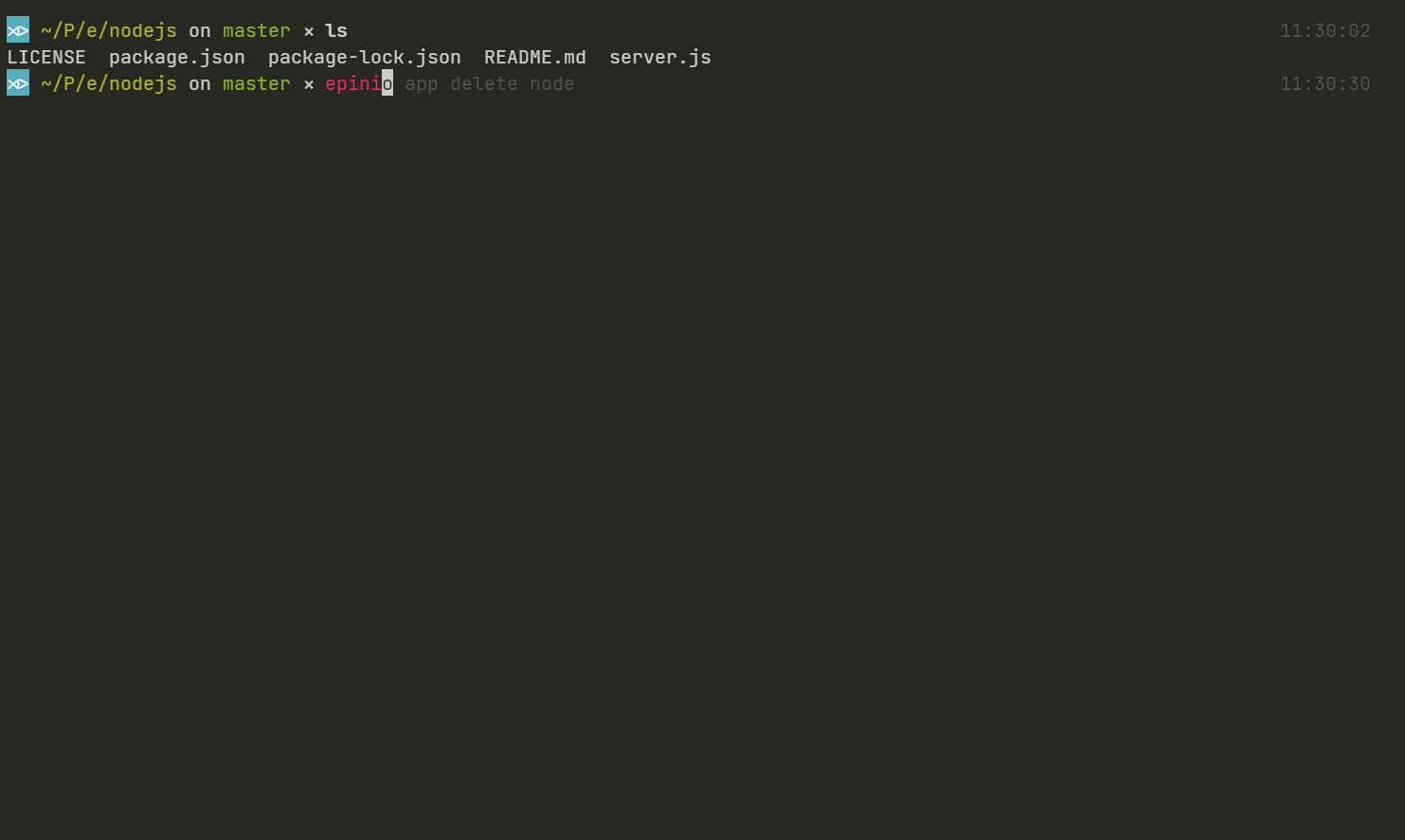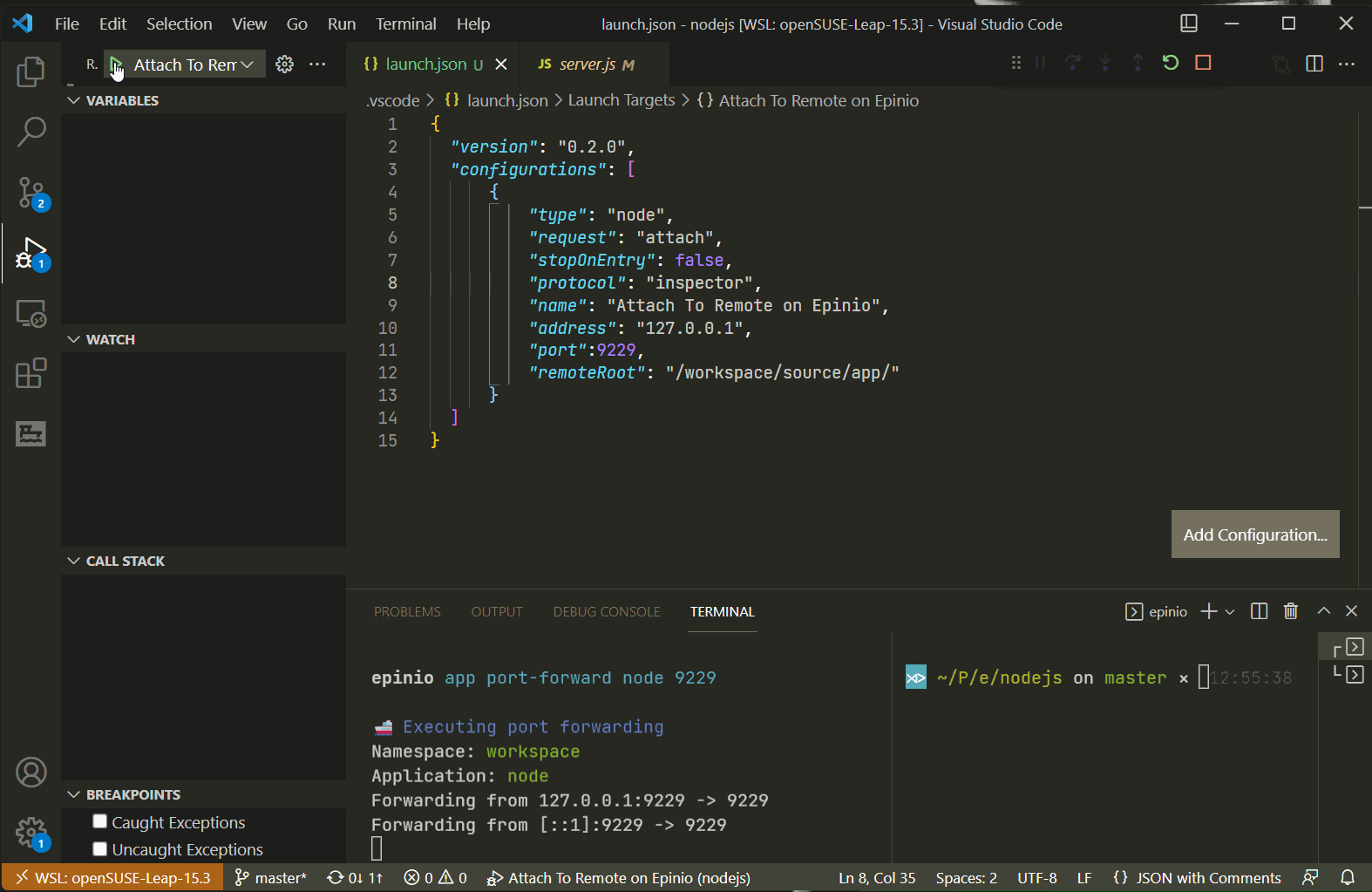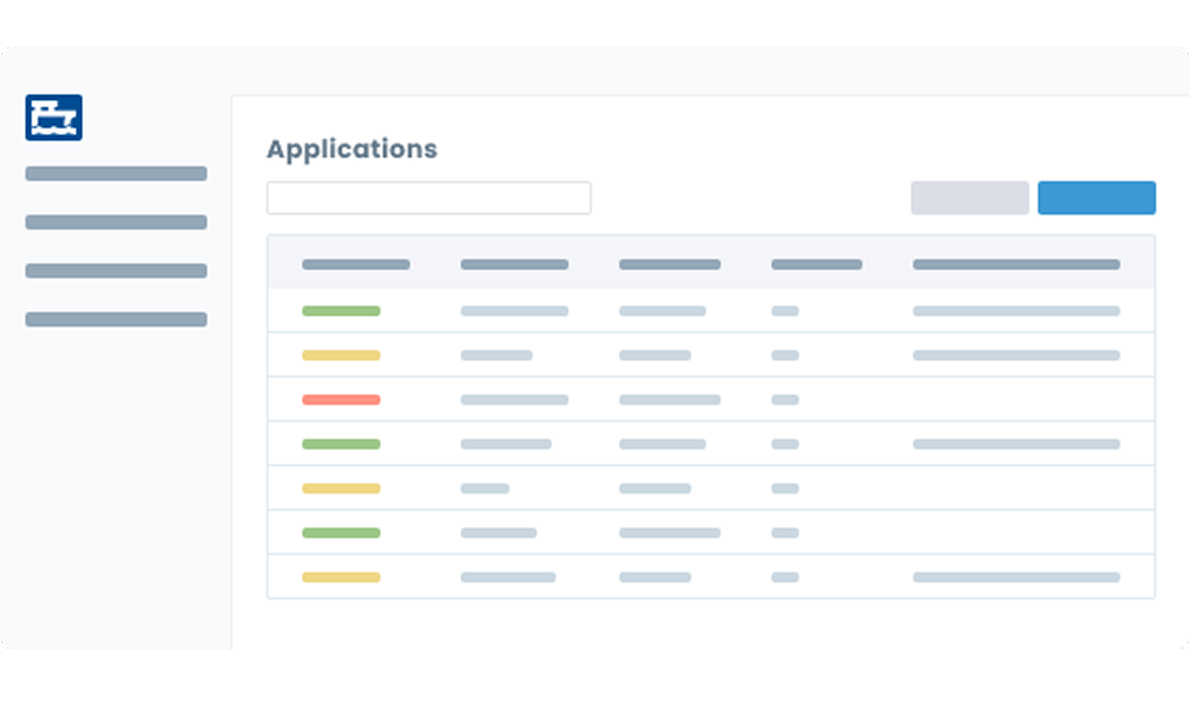Why use Epinio?
Developer Happiness
Reduce the stress and focus on your application logic instead of Container or Kubernetes details.
Fast & Lightweight
Epinio runs well on any Kubernetes Cluster including your local development machine with Rancher Desktop
Flexible with Sane Defaults
Epinio uses Kubernetes generics and open-source components to give a fantastic developer experience without locking you into our idea of what an application looks like.
Install and use Epinio in under 5 minutes
Get access to a kubernetes cluster. Install cert-manager, if not already present.
Install Epinio in the cluster using helm.
Open the Web UI, or install the Epinio client for operation from a terminal.
Log into the cluster.
Push your application. Epinio builds the application image for you.
LEARN MORE
Learn the details in the installation instructions.
Push from Source
Push your code directly to the platform without needing to build complicated CD pipelines or writing any yaml.


Debugging tools
Dig into what your application is doing with your favorite debugger or IDE.
How it Works

The Epinio API server uses build packs to create container images from source code.
A single `epinio push` builds an image and deploys the application. Once Epinio has been installed no further Kubernetes knowledge is needed to develop and deploy applications.
How To Get Involved
Epinio is an open source project hosted on GitHub. Bugs and features are tracked through issues and new code is reviewed through pull requests.
Issues Pull RequestsHow To Get Support
Found an issue or have a problem? Community support happens in the #epinio channel in Slack and in the issue queus, where you can search and file new issues.
Rancher Users Slack Issues